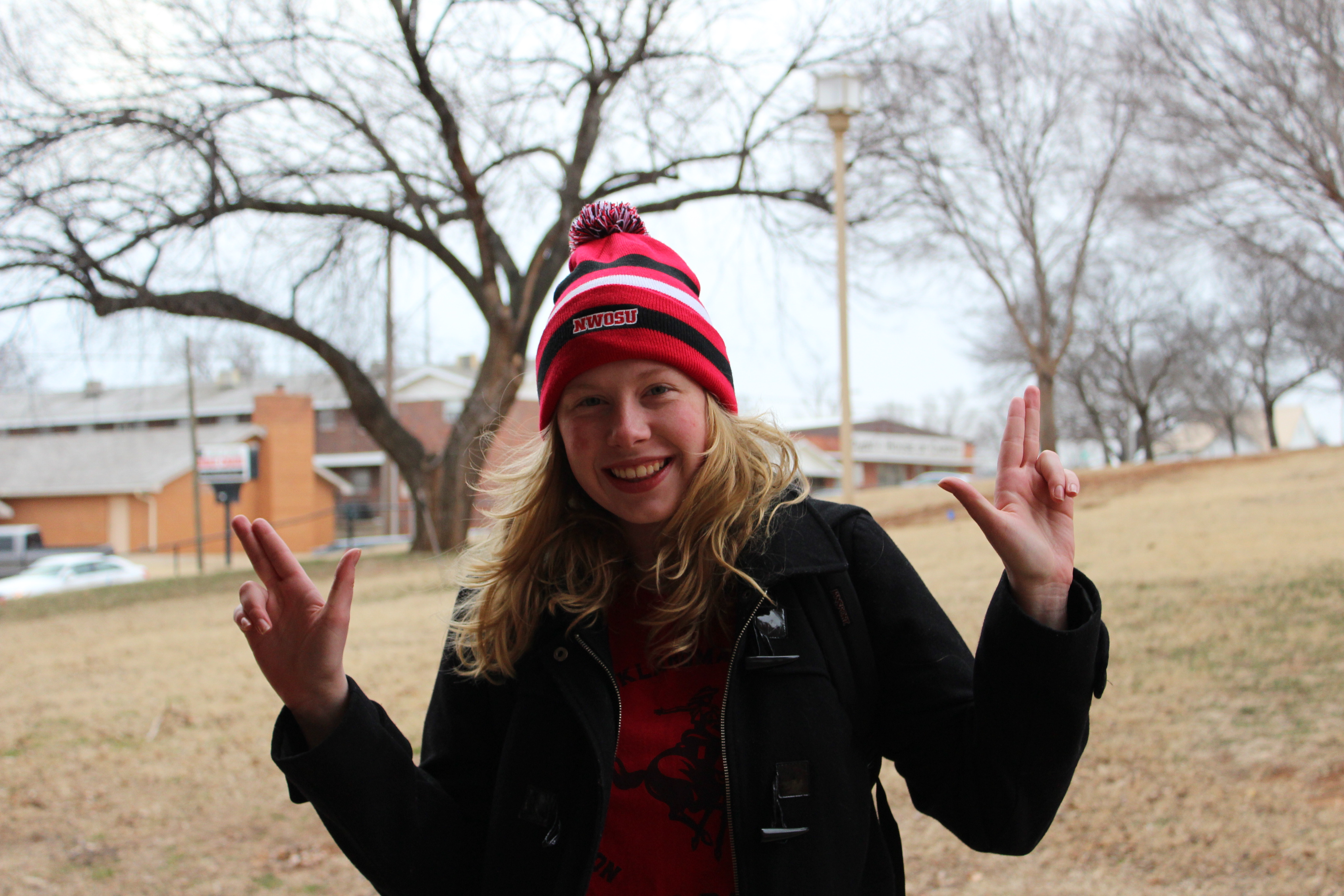Punxsutawney Phil will make his yearly appearance on Saturday, Feb. 2, 2019 to let the masses know whether to expect six more weeks of winter or not. Thousands upon thousands of spectators gather at Gobbler’s Knob in Punxsutawney, Pennsylvania anticipating Punxsutawney Phil’s prediction.
But how reliable is good old Phil? And what is the history behind this peculiar celebration?
According to www.thoughtco.com, Phil gives his prediction in Groundhogese to a member of the “Inner Circle,” a group of Punxsutawney nobles who translate his predictions to English. This started in 1887, gaining even more popularity after the release of “Groundhog Day” in 1993.
However, there are also some religious undertones to this fun holiday.
The celebration of Candlemas takes place 40 days after Christmas and celebrates the day the infant Jesus was brought to the Jewish Temple. Feb. 2 also marks the midpoint of the coldest temperatures in the northern hemisphere.
The legend of Punxsutawney Phil has been around for at least 130 years, with past predictions of 103 (79.23%) long winters, 18 (13.85%) early springs and 9 (6.92%) instances of no recordings.
These numbers seem a little one sided. www.livescience.com did some number crunching and comparison and found that data from the Stormfax Almanac’s data shows that Phil’s six-week prognostications have been correct about 39 percent of the time. From 1969 on however, Phil’s overall accuracy rate drops to about 36 percent when compared to actual weather records.
Regardless of Punxsutawney Phil’s prediction, it is always a good idea to pay attention to weather forecasts, especially in the unpredictable state of Oklahoma. Make sure to check weather forecasts a few days in advance and plan for any unsavory weather conditions that may arise.
A warm coat is always advisable on campus. Commuting students need to pay extra attention to weather warnings and forecasts to ensure that no accidents or obstacles get in their way of obtaining their education.
Downloading weather apps on electronic devices and agreeing to flash notifications can give some heads up to students who do not have any other source of information such as a television or cable connection.
A weather app is included on any smart phone, but there other options for one’s personal preferences. The Weather Channel, MyRadar NOAA Weather Radar or News 9 Weather are all apps available for free download in the Apple app store.

